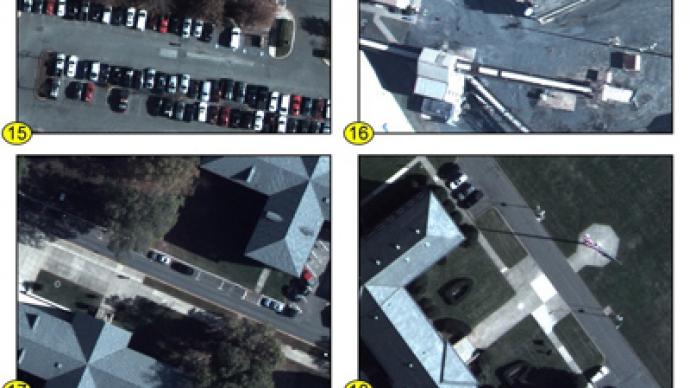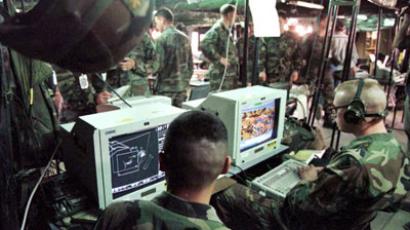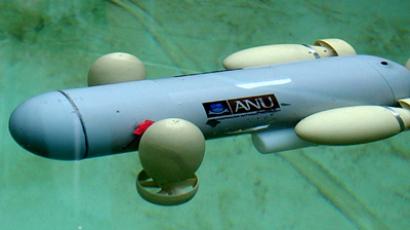DARPA’s big eye: 1.8-gigapixel camera for air surveillance unveiled

DARPA has revealed the ARGUS-IS its mega digital camera – with a 1.8-gigapixel resolution. The camera is expected to take clear images of objects as small as 15 centimeters from an altitude of six kilometers.
DARPA has revealed the ARGUS-IS its mega digital camera – with a 1.8-gigapixel resolution. The camera is expected to take clear images of objects as small as 15 centimeters from an altitude of six kilometers.The Defense Advanced Research Projects Agency (DARPA), which is an agency of the US Department of Defense, has finally revealed details of their next-generation eye in the sky – the ARGUS-IS. The super high-resolution photo system is expected to be attached to drones and used for precision guided air surveillance. The so called “Autonomous Real-time Ground Ubiquitous Surveillance – Imaging System” (ARGUS-IS) is described as one of the highest-resolution surveillance systems in the world.
One gigapixel is equal to 1,000 megapixels. For comparison: Modern professional digital cameras have a resolution of about 20 megapixels.One petabyte is equal to 1,000 terabytes. One terabyte is equal to 1,000 gigabytes
It uses four lenses with stabilizers and 368 photo matrixes, five megapixels each. The system allows a high-res picture to be taken of objects as small as 15 centimeters across from an altitude of up to six kilometers. The system is also able to view approximately 25 square kilometers of terrain at a time and track moving objects with up to 65 simultaneous windows.With such capabilities, experts believe that six drones equipped with the camera would make it possible for the US to keep an eye on the entirety of Washington DC, while – for the sake of comparison – four such cameras would provide a complete surveillance of Paris.At speed of 12 images per second the ARGUS-IS creates 600 gigabytes of data. During one day of operation the system would collect about six petabytes of information. As a drone cannot carry enough equipment to process such data torrents, the images would most likely be sent to two processing subsystems: one in the air and the other located on the ground.
However, it would be functionally impossible to send all of ARGUS’ data to the ground. That’s where DARPA’s persistics system comes in; this records information according to points of interest. Only essential information is sent to the control room on the ground for storage and later review. The technology weblog ExtremeTech says to make this happen DARPA will need a wireless device able to transmit 100Gb of data per second.The ARGUS-IS first came to public attention about three years ago. Speculation became fact at the beginning of this year in a documentary showing video footage of the imaging system in action, although the camera itself remained shrouded in mystery for security reasons. The footage revealed that the high-resolution camera can spot details like a bird flying around a building and the color of a person’s clothes. But it’s not able to reveal facial features. Still, experts say that drones could be sent at a lower altitude to create the right angle to record someone’s face.What was not revealed by the documentary was the future implementations of the ARGUS-IS – or if it’s already been used by the US military.














